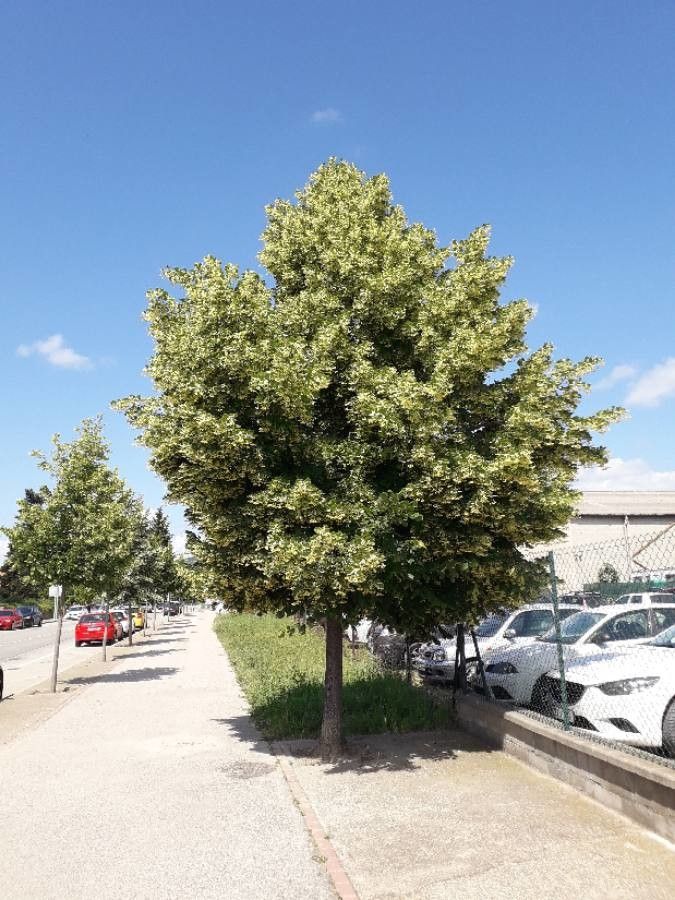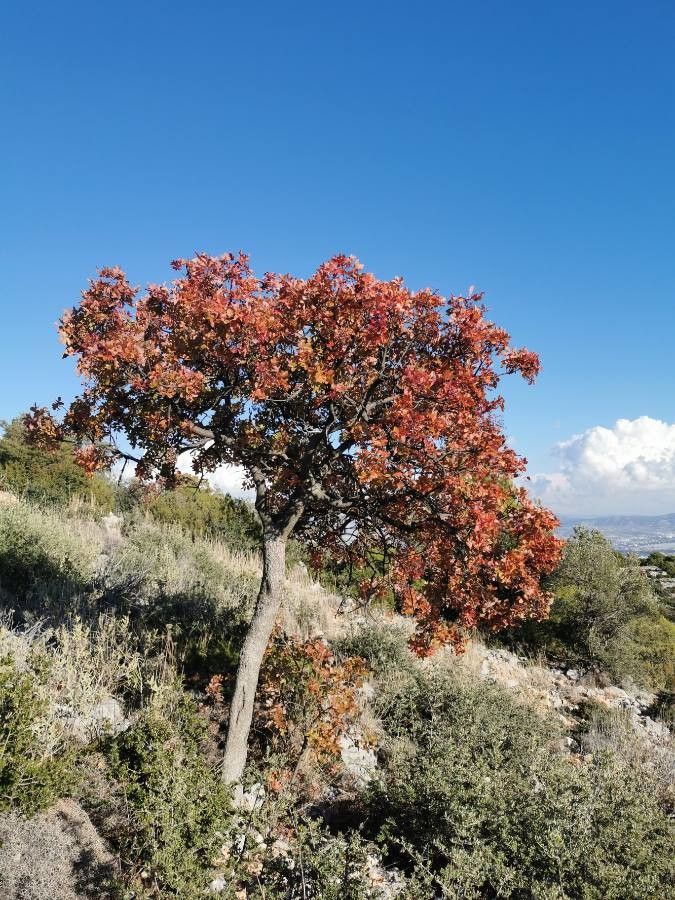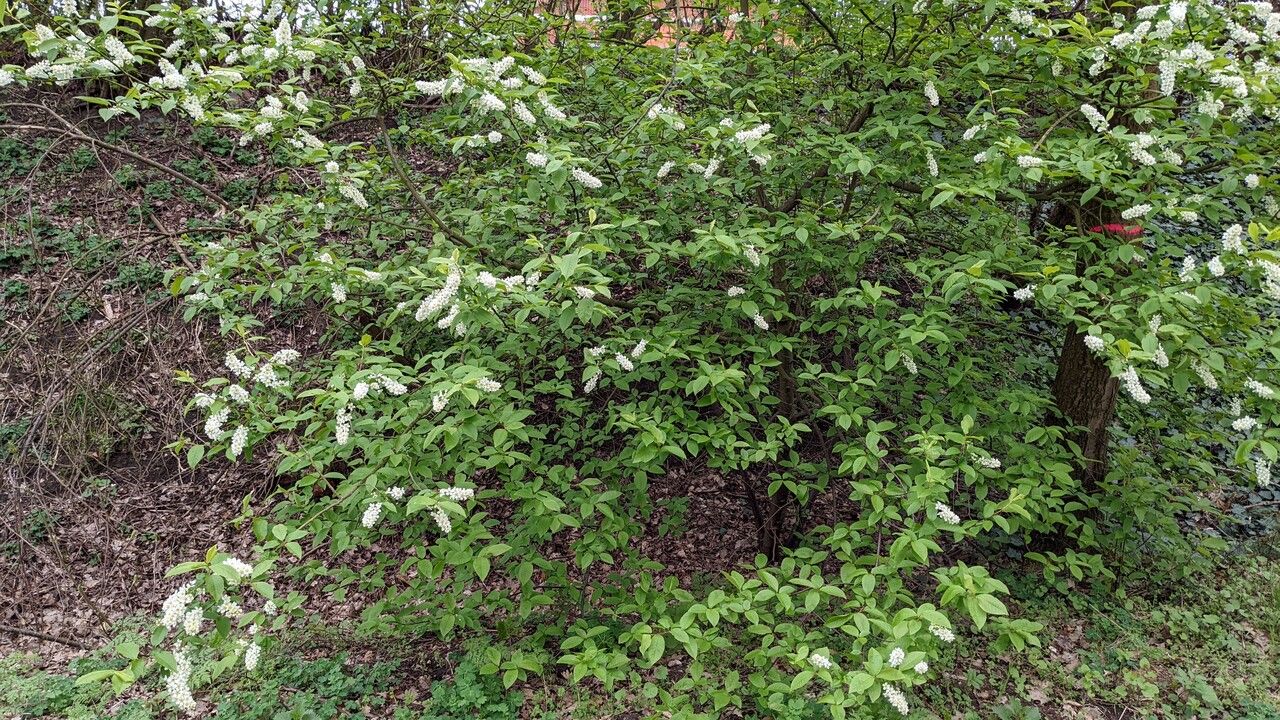# Linden Trees: A Comprehensive Guide
Linden trees, belonging to the *Tilia* genus within the Malvaceae family (previously classified under Tiliaceae), are majestic and beloved trees renowned for their stunning blossoms, fragrant perfume, and valuable timber. These deciduous trees are a popular choice for landscaping, offering shade and beauty to gardens and parks worldwide. This comprehensive guide will delve into the various aspects of Linden trees, from their cultivation to their unique characteristics.
### Habitat and Growth
Linden trees thrive in a variety of climates but generally prefer temperate regions. They are adaptable to different soil types but perform best in moist, well-drained soil rich in organic matter. While they tolerate some shade, they flourish in full sun or partial shade. Their growth rate is moderate to fast, depending on the species and environmental conditions. Mature Linden trees can reach impressive heights, often exceeding 50 feet, with a wide, spreading canopy.
### Types of Linden Trees
Numerous Linden species exist, each with its own unique characteristics. Some of the most popular include:
* **American Linden (*Tilia americana*)**: A native North American species, known for its large heart-shaped leaves and fragrant yellowish-white flowers.
* **Littleleaf Linden (*Tilia cordata*)**: Smaller than the American Linden, it features dark green leaves that turn golden in autumn. It's highly valued for its fragrant flowers.
* **Silver Linden (*Tilia tomentosa*)**: Characterized by its silvery-white undersides of the leaves, offering a striking contrast to the dark green upper surface.
* **European Linden (*Tilia x europaea*)**: A hybrid species, known for its robust growth and tolerance to various conditions.
Choosing the right species depends on your local climate, soil conditions, and the desired size of the tree. Research the specific needs of each cultivar before planting.
### Planting and Care
Planting Linden trees is relatively straightforward. Choose a location with ample sunlight or partial shade and well-drained soil. Dig a hole twice as wide as the root ball and plant the tree at the same depth it was growing in its container. Water thoroughly after planting and regularly thereafter, especially during dry periods. Mulching around the base of the tree helps retain moisture and suppress weeds.
Regular pruning is beneficial for shaping the tree and removing dead or damaged branches. It's best to prune in late winter or early spring before new growth begins. Fertilizing is generally not necessary unless the soil is deficient in nutrients. Observe the tree's growth and health, and address any issues promptly.
### Uses and Benefits
Beyond their ornamental value, Linden trees offer numerous benefits. Their fragrant flowers are used to make Linden flower tea, known for its calming and relaxing properties. The timber is prized for its softness and workability, used in carving, furniture making, and musical instrument construction. Linden trees also play a crucial role in supporting biodiversity, providing habitat for various insects and birds.
### Pests and Diseases
Linden trees are relatively pest and disease-resistant, but they can be susceptible to certain issues. Common problems include aphids, leaf miners, and Verticillium wilt. Regular monitoring and prompt treatment are essential to maintain the tree's health. Consult with a tree care professional for diagnosis and treatment options if needed.
By understanding the specific requirements and characteristics of Linden trees, you can successfully cultivate these beautiful and beneficial specimens, ensuring they thrive in your landscape for years to come.
Linden Trees: Planting, Care & Types

Frequently Asked Questions
How to care for a Linden tree?
Linden trees require well-drained soil, regular watering (especially during dry periods), and occasional pruning. Fertilizing is usually unnecessary unless soil is deficient. Monitor for pests and diseases.
What are the different types of Linden trees?
Many Linden species exist, including American Linden, Littleleaf Linden, Silver Linden, and European Linden, each with unique characteristics like leaf shape, size, and flower fragrance. The best choice depends on your climate and desired tree size.


